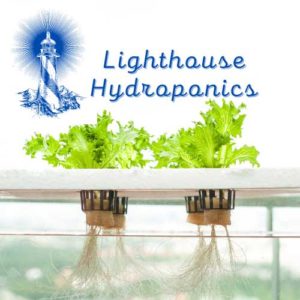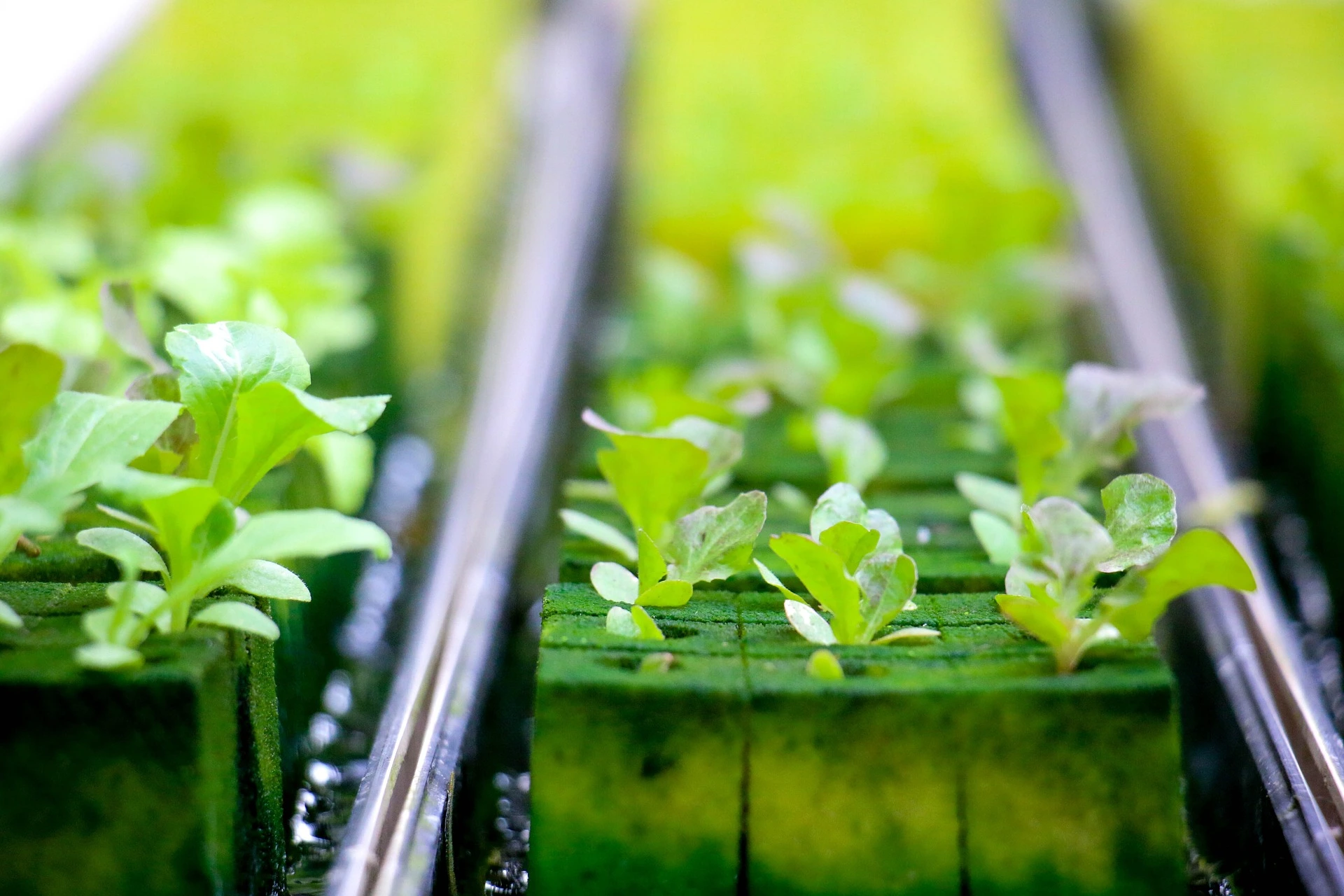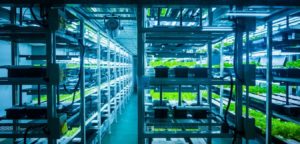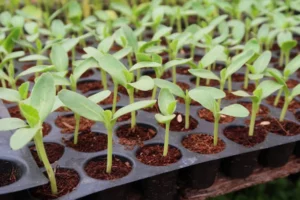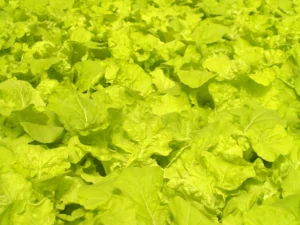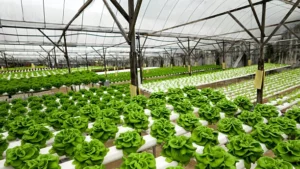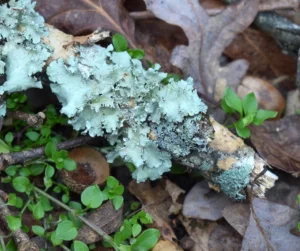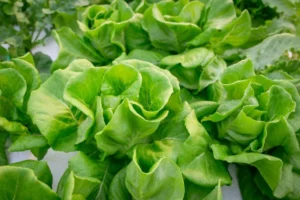Getting started with hydroponic seeds can seem overwhelming. Hydroponic gardening is a fantastic way to grow plants without soil or much outside help. This type of farming uses liquid nutrients, rather than soil, as the medium for plant growth. For beginners, it’s also an intimidating process as you try to figure out where to begin and how to properly care for your new plants. However, if you have the right resources and a little patience, growing hydroponically can be very rewarding!
In this article, we’ll cover everything you need to know about to start hydroponic seeds system on your own. From choosing which type of system is best for you and your growing space, to setting up your first seed-starting unit and learning how to water your plants effectively.
What is Hydroponics?
Hydroponics is the process of growing plants in a specifically designed nutrient-rich solution. Hydroponic gardening typically uses some type of inert medium that is permeable to water and air, such as sand, gravel, or vermiculite. This medium absorbs nutrients from the solution that is delivered to the roots of the plant via a network of tubing.
In comparison to soil-based gardening, hydroponic farming has significant benefits:
• Plants grow faster and more efficiently
• Less space needed for planting
• More efficient use of water
• No need for pesticides or fertilizers
• Environmentally friendly
What is the Difference Between Soilless and Hydroponic Gardening?
Soilless gardening is a method in which plants are grown without any sort of soil or another medium. This type of farming uses nutrients that are mixed into a liquid solution. The plant roots absorb these nutrients and the plant grows directly through the water. A hydroponic garden, on the other hand, is similar to soilless gardening but uses a water-based solution instead of a nutrient-based one. In this system, the roots grow in the water and are anchored in place by an umbrella or other structure that supports them.
Hydroponic gardening has a lot of benefits for gardeners who want to grow plants without taking up much space or needing much care! But it also has a few downsides that can be challenging to overcome. For example, it’s difficult to keep plants from getting too leggy because they’re constantly growing toward their light source. That being said, hydroponic systems can be very rewarding for those willing to take the time and make some adjustments!
How to Start Seeds in a Hydroponic System
So you want to start some hydroponic seeds? It’s a good idea to do so! Hydroponic gardening is a fantastic way to grow plants without soil or much outside help. With water as the medium for plant growth, hydroponics does not use any type of fertilizer or chemicals in order to grow. This means that the growing environment is entirely clean and safe. This also means that your plants will be healthier and more productive than if you were to grow them in soil.
First, decide which system is best for you and your growing space. There are many different types of hydroponic systems out there, but some have better features than others. If you have the space, go with an all-in-one unit like a self-contained aquaponics system or aeroponics unit. These units can give your plants all the oxygen they need while being easy to maintain and use. For smaller spaces, consider using an aquarium pump or seedling tray as your seed starting unit while still using an all-in-one unit as your main hydroponic gardening system.
Next, set up your seed starting unit by filling it with potting soil or vermiculite (a type of lightweight clay). Next, place a few seeds inside the tray and cover them with potting soil or vermiculite. Place 2 cups of distilled water into the bottom of each compartment for every half gallon (1 liter) of growing space available.
Setting Up Your Growing Area
The first step in getting started with hydroponics is to figure out where you will be growing your plants. Ideally, you’ll want a space that has sunlight, but if not, don’t worry. You can still grow hydroponically indoors.
For starters, the ideal soil should have the following characteristics:
• High water retention capacity
• Low nutrient leaching and minimal nutrient loss
• Soil pH between 5-7
• Soil organic matter between 2-6%
• Moisture holding capacity of around 100%
This means your soil needs to retain moisture well and nutrients shouldn’t drain away easily, so choose a container with these characteristics. And when it comes to choosing a container for your growing area, there are many options available to you. You can choose from glass or plastic containers and they come in many shapes and sizes. Some common containers include standard pots from home depot, large square pots (for raising seedlings), deep pots which provide more root space for plants, rafts for floating plants on top of the water without needing soil mix, and hanging baskets for larger flowers. Whatever type of container you choose for your growing area, make sure it provides ample room for ventilation and allows for light penetration. Additionally, use only waterproof materials (plastic or cloth) in your container as this helps prevent the growth of algae or mold which sometimes occurs in hydroponic systems due to their lack of oxygen exposure during their growth
Choosing Your Equipment
The first decision to make is which type of hydroponic system you want to use. There are many options, and they’re not all created equally. You can choose between a continuous flow or a drip system. A continuous flow system uses a pump to continuously feed your plants with water and nutrients, while a drip system slowly drips the same water and nutrients into their pots. There are also more advanced systems that include automated timers that automatically adjust light cycles for your plants, as well as temperature management systems that keep the environment around your seeds at the perfect temperature.
How to Properly Care for your Plants
The most important aspect of hydroponic gardening is proper care for your plants. With the combination of not having soil and using liquid nutrients, it’s easy to forget that plants need attention.
Furthermore, hydroponic systems can be difficult to maintain and clean, which means you must stay on top of your plant care practices. The best way to do this is through good plant care practices like pruning and removing dead leaves. Using these methods will help to keep your plants healthy and thriving.
Next, take a step back and make sure that you have everything you need for seed starting. You should have a clear area where you plan on setting up your system, access to electricity, water source (whether it’s an outside faucet or an aquarium), a way to measure water levels in your reservoir system, and space for planting. Finally, find a time when the room is dark so that no light shines in during the day–this will allow more efficient photosynthesis to happen!
Conclusion
As an aspiring gardener with limited space, hydroponic gardening has become an incredibly valuable tool. This guide will teach you everything you need to know about hydroponics, including why it’s a great option for small spaces, how it can save both time and money, and where to get started. While hydroponic gardening is a little more complicated than traditional gardening, the rewards are great. With the right care and a little patience, you can create a thriving garden in your home for years to come.
FAQ’s
What are the benefits of hydroponics?
The benefits of growing hydroponically are many and varied. One of the main advantages is control over the growing process. With hydroponics, you can select exactly which nutrients your plants will receive, as well as their rates of absorption. This ensures that your plants are getting the best possible care in a controlled environment. Another major benefit is sustainability. Hydroponics allows you to grow crops with a high degree of predictability, ensuring they will be available year-round. The resulting savings in time and money can be substantial. Another advantage is convenience. Since hydroponic systems don’t require soil or other messy growing substrates, they are more efficient and require less space than traditional methods. They are also easier to construct and maintain, making them ideal for both beginners and experienced gardeners alike!
If these benefits aren’t enough, it’s worth mentioning that hydroponics can yield healthier crops than traditional gardening methods. The absence of harmful microorganisms from contaminated soil leads to significantly higher-quality fruits and vegetables. Finally, hydroponics also has a number of environmental benefits. Growing systems don’t require treated water or pesticides, both of which contribute to the pollution of the environment. They also yield fewer greenhouse gases, since there are fewer agricultural inputs required for crop production. If you’re looking to make a significant change in the way your garden grows, then hydroponics may be the answer!
What are the requirements for starting seeds in a hydroponic system?
First and foremost, you must have a well-outfitted hydroponic system in order to successfully start seeds. If you are still setting up your growing area, you may want to get help from a hydroponics specialist. If you already have a system set up, then follow these steps to start seeds:
1) Choose the best location for your hydroponic space. If possible, try to space out the individual units so that they don’t compete with one another.
2) Your system should be equipped with lights that are capable of varying the light intensity throughout the day. This will ensure that your plants get the optimum amount of light for photosynthesis.
3) Standard hydroponic systems use a nutrient solution called an organic mix. Make sure that you purchase one that is pH balanced and high in nutrients (nitrogen, phosphorus, and potassium). You can add other nutrients as needed, but make sure not to overdo it or it will be counterproductive.
4) Once your seeds are planted in their individual trays, monitor their progress and provide them with the proper care. This means using a nutrient solution, a light schedule, and daily watering.
5) Once your seedlings reach transplantable size (about eight-10 days), you can remove them from their trays and transplant them into pots or individual containers. Keep in mind that rapid plant growth may cause them to become root bound. To remedy this issue, try rotating their pots or containers every few days to allow fresh soil/subsoil to be placed around each seedling.
What are the dangers of starting seeds in a hydroponic system?
Starting seeds in hydroponics can be an exciting and rewarding experience. You don’t need to worry about overwatering, underwatering, or any of the other issues associated with traditional soil-based gardening. Hydroponics eliminates the need for soil to provide the necessary environment for plant growth. You can start your seeds in a wide variety of mediums including coco coir, peat pellets, or even plain old water. Depending on the type of seed you choose, a hydroponic system may be more suitable than soil-based growing. This is because hydroponics use only water and nutrients to nourish your seedlings.
When choosing a planting medium, there are a few things you should pay attention to. First, make sure that it is inert, or free of additives that may affect your plants health or growth. Second, check the pH level to ensure it is acceptable for plant growth. Third, make sure that your planting substrate is porous enough to allow oxygen in and out of the container. Finally, be sure to match your seedling media with the type of plant you are growing. For example, seeds requiring high light conditions would have better luck in a transparent container than a dark one.
